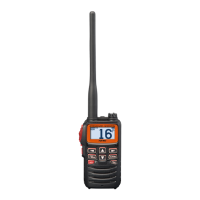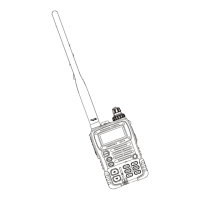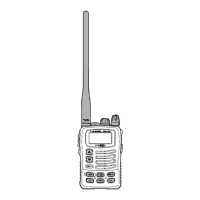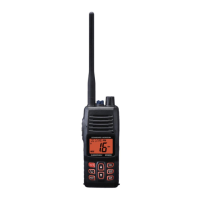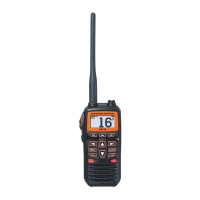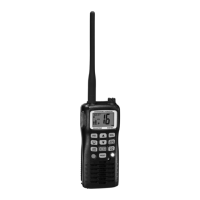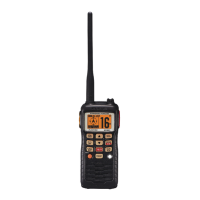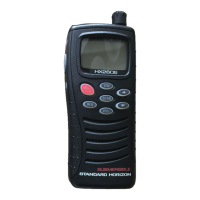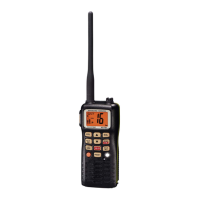What to do if the charge indicator does not appear on my Standard Horizon Transceiver when charging?
- JjamesponceJul 27, 2025
If the charge indicator doesn't appear when charging your Standard Horizon Transceiver, there might be a few reasons: 1. The transceiver may not be properly set onto the SBH-27 Charger Cradle. Ensure it is correctly placed. 2. The SBH-27 Charger Cradle might not be receiving power. Connect the SAD-23/SAD-11 or E-DC-19A to the SBH-27 Charger Cradle for AC/DC power. 3. The built-in battery might be defective. In this case, contact your Standard Horizon dealer.
